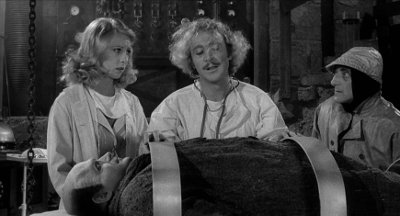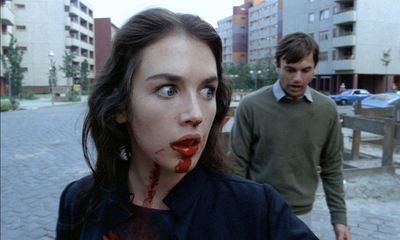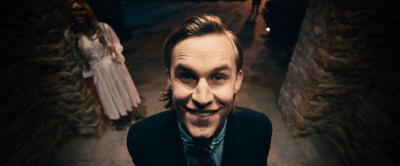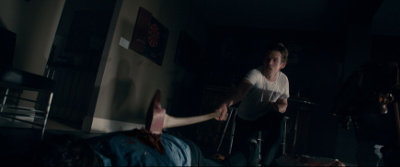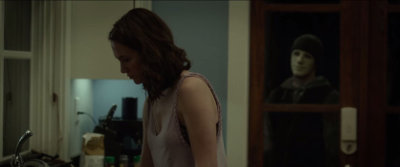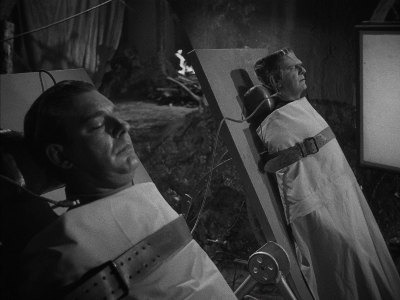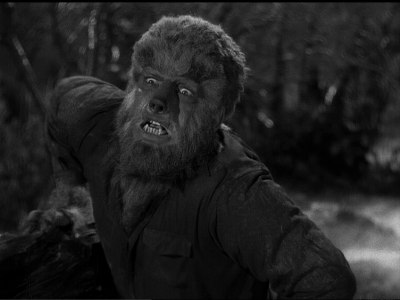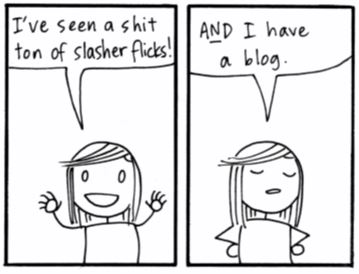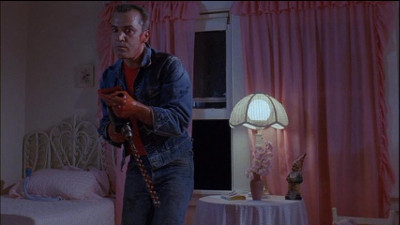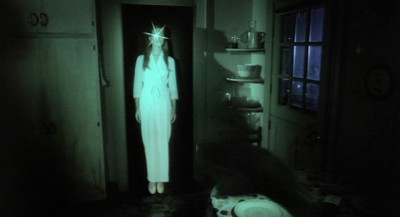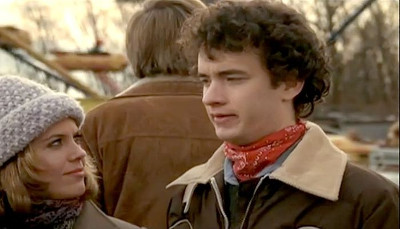SF Book Review, part 25: Hugo Prep Edition
As we hurtle on towards the end of our current orbital cycle, I thought I’d check out some of the SF/F that’s been making waves this year in preparation for the Hugo nomination process. I’ve discovered some pretty good stuff, but little that is really inspiring. Still, I have one or two things that will probably end up on my nomination ballot, so that’s a good start.
- Sleeping Giants by Sylvain Neuvel – A little girl accidentally discovers a giant metal hand buried in South Dakota. After decades of study, the government finally starts making some progress. They’ve located other body parts and, amazingly, they fit together, creating a huge, pilotable mecha. Told from the perspective of a nameless interviewer with a surprising amount of political power and influence, the book consists mostly of his interviews and debriefings. It’s a surprisingly effective framing device, and while the story moves quickly and efficiently, it does get fairly ridiculous as it moves on. There are some tantalizing hints at future conflicts, but since this is the first in a series, we don’t really get much of that. This book concerns itself more with the discovery and initial baby steps (pun intended!) than with grand, galactic conflicts. All well and good, but it makes the ending feel a bit anticlimactic. It’s a fun, page-turning book, but not something that is really inspiring me to pick up the next in the series when it comes out next year. It reminds me a little of Lost, but unfortunately that cuts both ways: I love the mysterious and speculative aspects of the story, but what’s been revealed so far does not exactly inspire confidence that it will end much better than Lost did… but I’ve been wrong before! This would probably make a great TV show though (found footage? mock documentary?)
- Ninefox Gambit by Yoon Ha Lee – Captain Kel Cheris has a knack for unconventional combat tactics. Unfortunately, in a battleground where armies rely on emergent properties of rigid social systems called “calendars”, her innovations are considered heretical, even when she succeeds (or at least, prevents a rout). She’s thus given a chance to redeem herself by retaking the Fortress of Scattered Needles, a star fortress that has recently been captured by heretics. To do so, she enlists the help of an unstable military genius, Shuos Jedao. Of course, since he died centuries ago, only his mind survives… and is thus temporarily implanted inside of Cheris’s brain. This book is difficult to pin down. On its surface, there is tremendous complexity. The calendrical weapons and exotic effects are well drawn and entertaining, to be sure, but it’s difficult to grok how they work simply from their (often grotesque) effects (which is all we are really exposed to). There are various factions within the calendar, and other emergent effects as well. This rewards close reading, but you can also only go so far. Fortunately, while we don’t know how this stuff works, I do get the feeling that they are internally consistent and rigorous, so it doesn’t feel like magic (nor does it seem to fall into the typical magic trap of escalating powers). All of this is worldbuilding and only really surface-level detail though. The story itself is a little more straightforward and essentially boils down to the relationship between Cheris and Jedao. There’s a sort of mentor/mentee relationship there, with differing but complementary skillsets. For his part, Jedao is manipulative and sneaky enough to earn the reputation he has as a madman/mass-murderer, but also sympathetic enough to make you wonder if he isn’t quite as crazy as he seems. This is also the first in a series, but I’m much more likely to pick up the sequels in this case (fingers crossed that I’ll remember enough about the worldbuilding to not be completely lost), and this book will be on my Hugo nomination ballot next year.
- The Dispatcher by John Scalzi – In a world where murder becomes nearly impossible (anyone who is killed simply disappears and awakes in their home, alive and well), Tony Valdez has taken on the job of a Dispatcher. Someone who legally kills people who would normally die under natural causes (i.e. when someone is going to die, he murders them, so that they can remain alive), a handy tool to have in an operating room or if you’ve been in some sort of accident. When a fellow Dispatcher is seemingly kidnapped, Valdez is recruited by a detective to sort it all out. So this idea is pretty much nonsense, but Scalzi does a good job fleshing it out, speculating on how the world changes because of this and figuring out various workarounds to the “rules”. Much like his last novel, Lock In, this plays out like an above-average police procedural with speculative flair. The plot is twisty and turny enough, and Scalzi’s general skill at pitter patter dialogue fits well. Definitely a worthy listen (this is currently only available as an audiobook). Not sure if it’s Hugo-worthy though, and if I remember correctly, its audio-only release may create eligibility issues.
- Dark Matter by Blake Crouch – Jason Dessen is a physics professor who probably could have made some breakthroughs if he’d prioritized his career over his family, but he didn’t, and now lives happily with his wife and son. One night, he’s kidnapped and knocked out my a mysterious masked man. He awakes in a strange new world, similar but not quite like his own. A world where he did make the decision to prioritize career over family. His wife became a successful artist and their son doesn’t exist. As he puts together the pieces, he is aided in an escape attempt… and ends up traversing several alternate universes in an attempt to find his way home to his family. This is another pop-SF story that executes a little better than Sleeping Giants and barely skirts past the feeling of being SF-lite. Certainly a page turner and very entertaining, this only really manages a true sense-of-wonder jolt towards the end of the novel. Just when Dessen thinks he’s made his escape, the shit really hits the fan. It’s a neat concept, and the solution works satisfyingly enough. After reading a bunch of “first in a series” books, it was nice to have something self-contained. Ultimately, this is pretty good. Not quite Hugo level for me, and it’s another book that almost seems ideally suited for a TV adaptation, but I enjoyed it well enough.
- All the Birds in the Sky by Charlie Jane Anders – Patricia Delfine discovers she has magical powers when she is a little girl, speaking to a wounded bird and visiting the Parliament of Birds in a giant world-tree. Laurence Armstead has a knack for science and technology, building a two-second time machine when he’s just a young boy. Of course, these two outcasts become friends, even if they’re constantly interrupted or pulled away from one another. Decades later, the world is falling apart around them, and Patricia and Laurence keep running into each other. Can they save the planet? The idea here is intriguing – part fantasy, part science fiction, put them together and watch the sparks fly. Alas, this leans pretty heavily on the fantasy side of things. SF gets its licks in, but feels a little too stylized. The story fits together reasonably well. There is one jump in time that’s a little more disruptive than it should be, it eventually gets back on track. The book has a nice whimsical tone to it that works well, even if that’s not normally my thing. This is certainly not a rote pop-SF concept, but it is a page-turner and comports itself well. I don’t know that it will make my ballot, but Anders has some Hugo cred already (having won with her novelette, Six Months, Three Days back in 2011) and I think it could end up on the ballot.
I’ll probably tackle a few others before nominations close, but I don’t have a ton of stuff left on my list of 2016 stuff that I’m super interested in…
